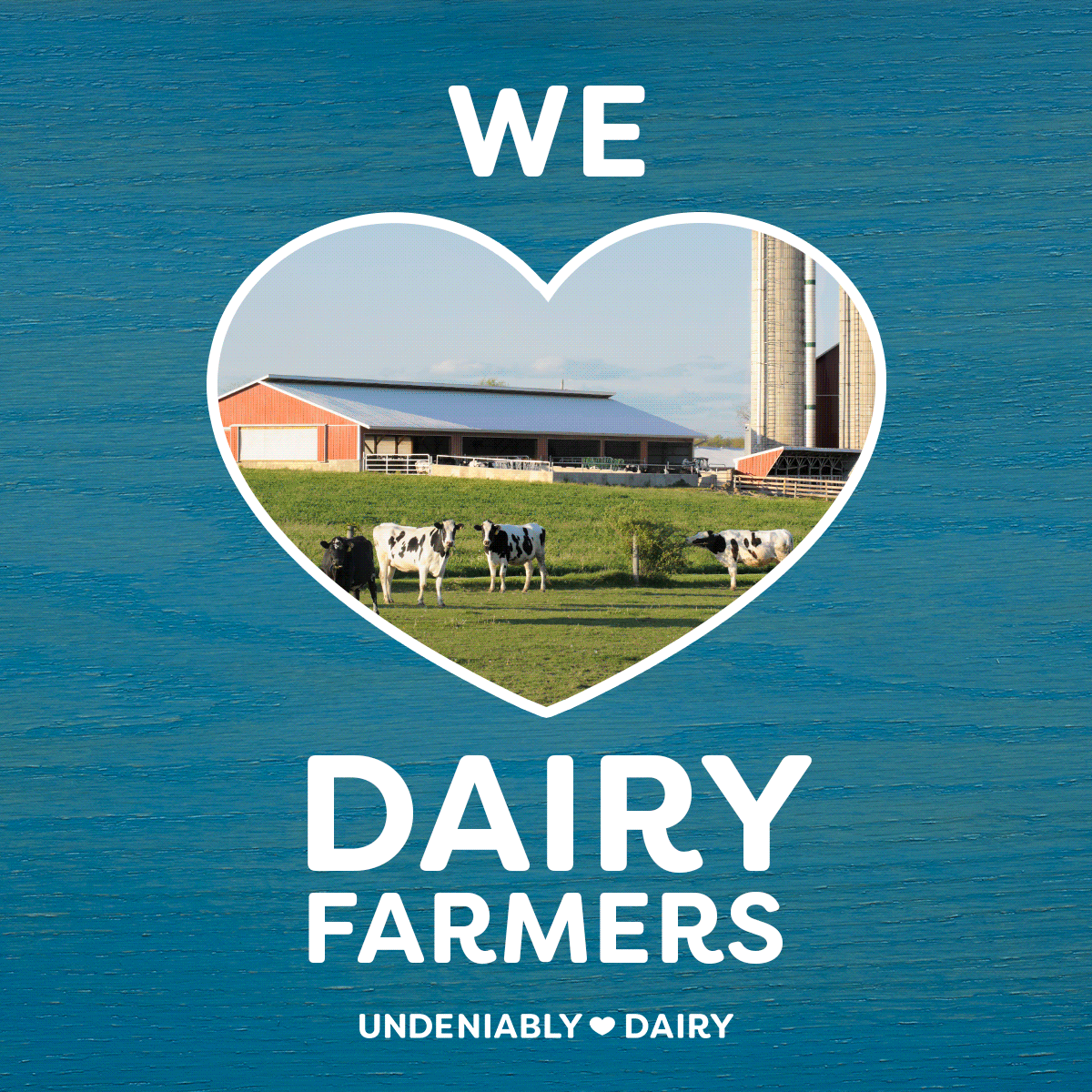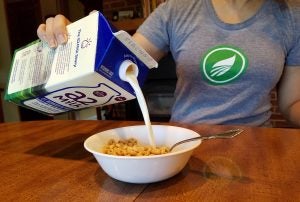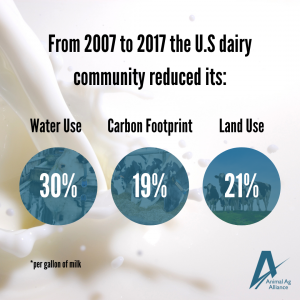June is National Dairy Month in the United States. It’s a time for celebration and recognition of dairy farmers, products, and the industry as a whole.
But what exactly is the history of this?
National Dairy Month came out of a challenging time for the dairy industry — and the country as a whole. The 1930s saw the Great Depression, which contributed to depressed milk prices. Milk prices for many farmers in 1933 were half of what they received in 1930. This led to groups of farmers petitioning for higher prices and taking part in strikes.
The government intervened and prices rebounded by implementing a complex milk pricing system still in use today to help stabilize prices for farmers. With the recovery of the industry, National Dairy Month was created to promote the consumption of extra milk during the summer. It was established in 1937 by grocery organizations originally as National Milk Month. It was nationally recognized as Dairy Month in 1939.

At its heart, National Dairy Month is a celebration of the resiliency of dairy farmers.
In honor of this, let’s share some fun facts!
- About 94 percent of U.S. dairy farms are family owned and operated.
- The U.S. milk supply is one of the safest in the world! The U.S. Department of Agriculture and Food and Drug Administration closely regulate milk production from cow to store.
- It takes only about 48 hours for milk to journey from farm to store.
- The USDA and Department of Health and Human Services’ 2020-2025 Dietary Guidelines for Americans recommend three servings of dairy (milk, cheese, and yogurt) every day.
- It’s a nutritional bargain! Milk provides 13 essential nutrients with 8 grams of high-quality protein at only $0.24 per 8-ounce serving.
- Dairy provides three of the four nutrients typically lacking in the American diet: calcium, potassium, and vitamin D. It provides 52 percent of the calcium, 51 percent of the vitamin D, and 17 percent of the protein in the American diet.
- People who are sensitive to lactose can still consume real dairy products. There are lactose-free and lactose-reduced options.

- The most popular U.S. dairy cattle breed is the Holstein. The Holstein is black and white, and no two cows have the same pattern — just like snowflakes! More about dairy cow breeds here and here.
- Dairy farmers are committed to sustainability. From 2007 to 2017, U.S. dairy has used 30 percent less water, 21 percent less land, with a 19 percent smaller carbon footprint per gallon of milk. The industry also pledges to be carbon neutral or better by the year 2050.
- U.S dairy cows recycle 306 million pounds of food waste every day! About 30 to 40 percent of a dairy cow’s diet is made of human-inedible recycled (byproduct) feeds.
- Dairy farmers are dedicated to animal welfare. Cows receive nutritious feed, fresh water, clean bedding, regular checkups, and prompt medical care.
So what are some ways you can celebrate June Dairy Month?
- Enjoy your favorite dairy product! Throw an ice cream sundae party. Add some extra cheese to your favorite recipe. Enjoy a nice cold glass of milk on a hot summer day.
- Refuel with chocolate milk. Chocolate milk is an excellent post-workout recovery drink for rehydrating, muscle recovery, and restoring energy. It is rich in 13 essential nutrients including high-quality protein.
- Visit a dairy farm in person or virtually! Visit your local dairy council’s website to find a farm tour near you.
- Follow a dairy farmer (or many farmers) on social media! Here are some great dairy farmers to follow, and you can also search hashtags like #realmilk #undeniablydairy #junedairymonth and more.
- Share the great news about dairy. Here are a few easy-to-share posts. Your local dairy council also has resources as well.

National Dairy Month is a time for celebration and appreciation for all things dairy. Enjoy your favorite dairy products and explore this industry. There are many reasons to celebrate. Raise an extra glass of milk to dairy farmers this month!
Michelle Miller, the Farm Babe, is a farmer, public speaker and writer who has worked for years with row crops, beef cattle, and sheep. She believes education is key in bridging the gap between farmers and consumers.



